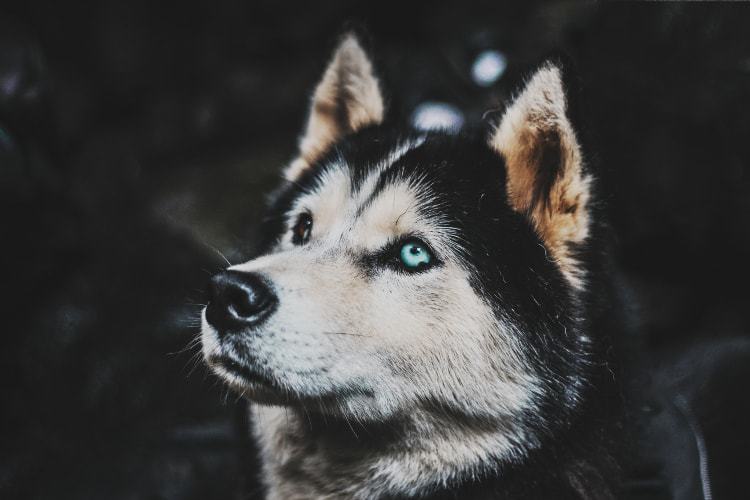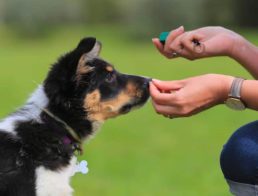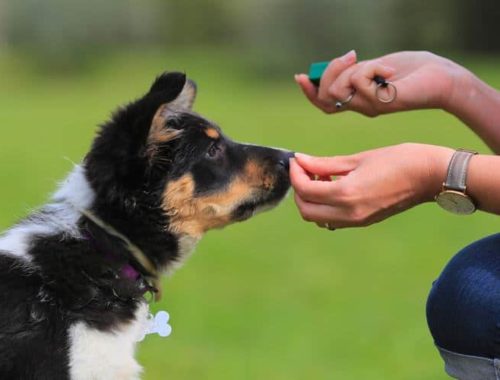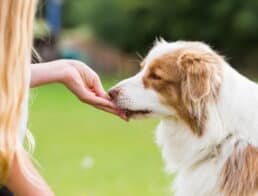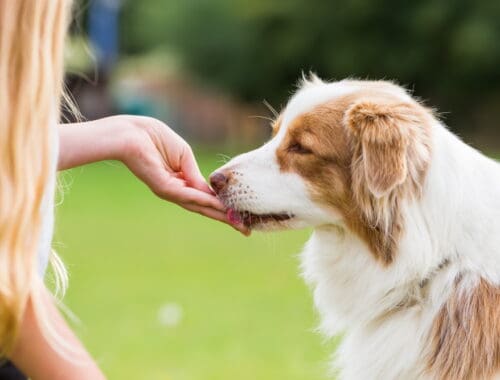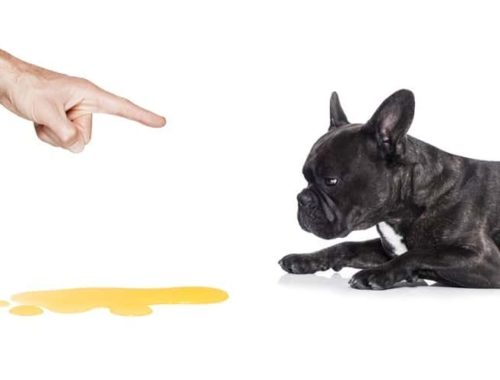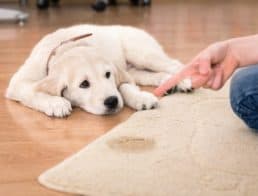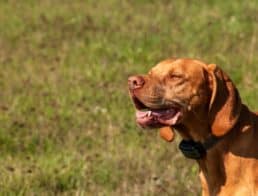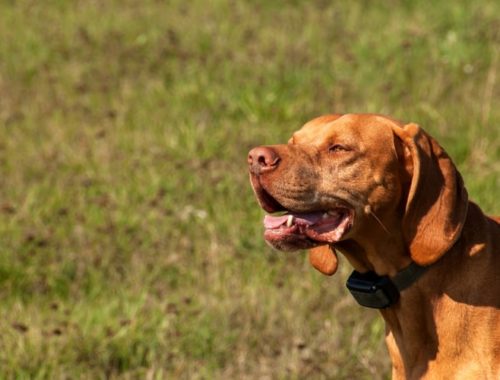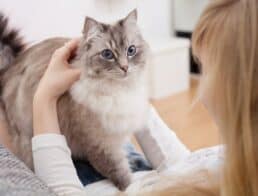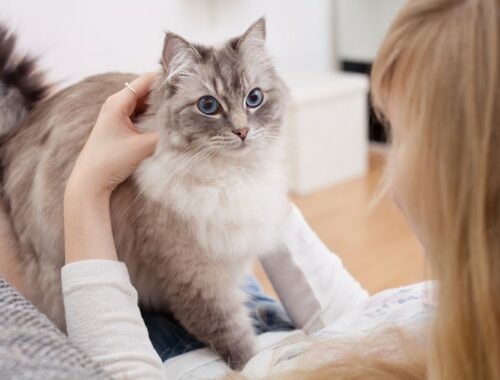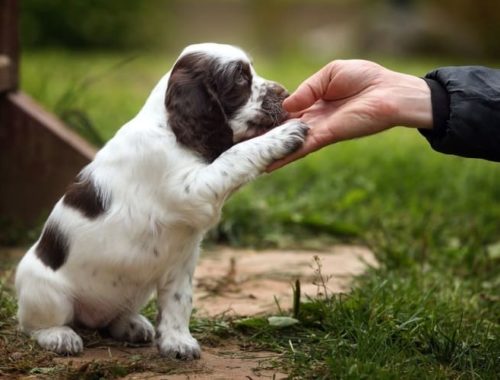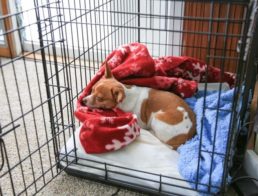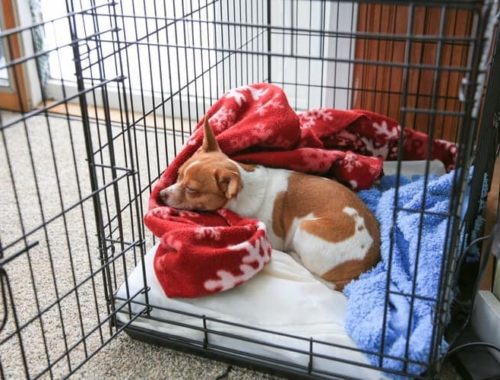Congratulations on your new Husky puppy! The Siberian Husky is known as an intelligent, headstrong dog. This means that to succeed in training your new puppy, you’re going to need to be diligent and consistent. You will need to establish yourself as the leader; if your Husky puppy does not respect you, it’s not going to want to do what you say. The good news is that due to your pup’s intelligence, your dog will likely catch on quickly once you make it clear that you are the one in charge.
Here are the steps to training your new Husky pup:
1. Let your puppy that you’re in charge
First and foremost, it’s important to let your new puppy know that you are in charge of making and enforcing the rules. There’s no need to be loud or aggressive with your dog. In fact, this will make your dog lose respect for you. Instead, keep your demeanor calm as you kindly and firmly tell your pup, in language the dog can understand, that you are in charge. You can read a few real-life tips on establishing yourself as the leader on the Hill’s website.
2. Purchase the right collar to train your dog
Forget about shock collars, pinch collars, and choke collars. Your Husky pup does not need any of this to learn to behave. A simple buckle collar isn’t the right tool for training, either; by backing up, your dog will be able to slip right out of it. Instead, invest in a Martingale collar. This type of collar is ordinarily loose and comfortable, but if your pup requires correction (a quick tug on the collar), it will tighten up and let the dog know that it needs to rein itself in.
3. Adopt a “no free lunches” mindset
When you train your Husky, the rule here is that nothing in life is free. While water should always be available, food, treats, and affection all come at a price. Since you are the leader, you’re the one who collects “payment.” The payment for your pup’s lunch and other benefits is simply following a direction. Read more about it on the Kuranda blog.
4. Teach your puppy go to potty outdoors
Learning where to potty takes practice and there will be accidents. Watch for signs that your dog needs to eliminate (pacing, sniffing, squatting). Immediately, but calmly, hustle your dog outside to the correct area. When the dog does its business, you can say “go potty.” Praise your pup and offer a treat when the dog is done, then play with him. In time, your dog will learn that “go potty” means to eliminate, and you’ll be able to tell your Husky where and when to go.
5. Teach your puppy to accept being crated
You shouldn’t leave your new puppy loose in the house unattended. When you go out, it’s important to crate him for his safety (and for the safety of your furniture). You can read tips on how to crate-train your Husky on Paws.org. Keep in mind that since dogs are den animals, there’s nothing cruel about crating your dog, unless you’re leaving him in the crate for many hours at a time.
6. Teach your puppy to walk on a leash
Your dog should not be tugging you as you walk, and since your Husky is going to grow to be 50 to 60 lbs., you will need to train him not to pull now, while it’s a young pup. The goal is to get your puppy to walk next to you without lagging behind or running ahead. The American Kennel Club recommends a calm, fun strategy that will make your dog want to be by your side.
7. Teach your Husky to sit, lay down, and follow other commands
Teaching your Husky pup how to sit, lay down, come, and follow your directions is mostly just a matter of patience and consistency. It will take him some time to learn the terms and what they mean, but once your dog does, expect it to follow your commands. Some resources that might help you learn how to communicate these commands to your dog include:
- 101 Dog Tricks
- Teach Your Puppy These 5 Basic Commands – American Kennel Club
- Zak George’s Dog Training rEvolution
With proper socialization, consistency, and time spent on training every day, your Husky pup will grow into a well-mannered member of the family. Remember to be patient and to treat your dog with respect so your Husky will, in turn, respect you as the excellent leader that you are. If you have other dogs at home, that aren’t Huskies and also need training, make sure to check out our other pet training articles.


